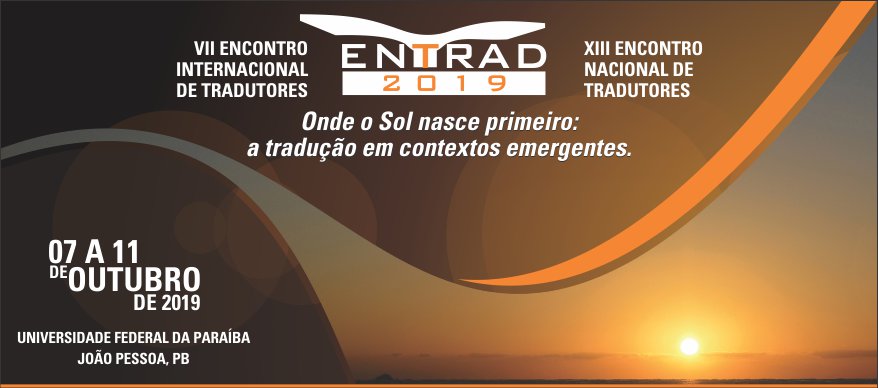Hermeneutics, Cognition and Ethnomethodological Conversation Analysis in the Training of Translator Creativity
Bernd Stefanink
Universität Bielefeld (retired)
Idiomas de trabalho | Work languages: English
Abstract: There are two main approaches in Translation Studies (TS), which are fundamentally opposed. We see, on the one hand, “objectivists” who prefer to exclude creativity from their theoretical reflection arguing that it is “not a sytematizable dimension” (Gerzymisch-Arbogast/Mudersbach 1998: 16) and therefore cannot be considered as scientifically valid, whereas, on the other hand, hermeneutists include creativity in their approach, considering it to be part of their fundamental reflection with meaning to be sought out “between the lines” (Schleiermacher 1835: 352). This meaning is not in the text, but – in conformity with Heidegger’s (1984: 134-42) conception of “Befindlichkeit”- in the “orient of the text” (Ricoeur (1986: 156) and emerges under the eyes of the reader through the act of interpreting (Grondin 2013: 96). It is not objective, but dependent on the subjective engrammatic structures located in the readers’ brains. This raises the problem of the scientific character of a hermeneutic approach. Objectivists see a lack of scienticity in hermeneutics due to an absence of traceability of its creative problem solving during the translation process.
“Ethnotraductologie” [Ethnotranslatology] (Stefanink 1995) as a qualitative research method – Ethnoscience – has delved into peer confirmed findings by sociological researchers in the ‘70s and adapted these findings to TS, thus providing both scientific foundations and essential quality assessments, the criterion being “consensual truth” (Habermas 1973). Cognitive research offers the scientific material on which this process must be based in order to achieve consensual truth. The use of Ethnomethodological translation analysis as a tool in the practice of Ethnotranslatology is not only the material basis of this hermeneutical approach, but is, moreover, the essential path leading to the reader’s “Selbstbewusstsein” [self-awareness and self-confidence] (Hönig: 1993) i.e. self-confidence provided by self-awareness by the consciousness of what (s)he is doing, and the feeling that it is right since proven to correspond to the Popperian (Popper 1935: 7-8) criteria of scienticity.
Keywords: Translational Hermeneutics, Cognition, Creativity, ethnomethodological Conversation Analysis, Translator’s Training.
References:
Gerzymisch-Arbogast, Heidrun/ Mudersbach, Klaus (1998): Methoden des wissenschaftlichen Übersetzens. Tübingen & Basel: Francke.
Grondin, Jean (2013): Paul Ricoeur. Que sais-je?, Paris: PUF.
Habermas, Jürgen (1983): Moralbewußtsein und kommunikatives Handeln. Frankfurt/ Main: Suhrkamp.
Heidegger, Martin (198415) [1927]: Sein und Zeit. Tübingen: Max Niemeyer Verlag.
Hönig, Hans (1993): “Vom Selbstbewuẞtsein des Übersetzers”. In: Suzanne Hagemann (ed. 2011) Übersetzen lernt man nicht durch Übersetzen. Berlin: Saxa-Verlag, 128-141.
Popper, Karl (1935): Logik der Forschung. Wien: Springer.
Ricœur, Paul (1986) : Du texte à l’action. Essais d’herméneutique II. Paris: Le Seuil.
Schleiermacher, Friedrich (1835): Sämtliche Werke. Reden und Abhandlungen. Berlin: G. Reimer.
Stefanink, Bernd (1995): „L’ethnotraductologie au service d’un enseignement de La traduction centré sur l’apprenant”. Le langage et l’homme. 4: 265-293.
